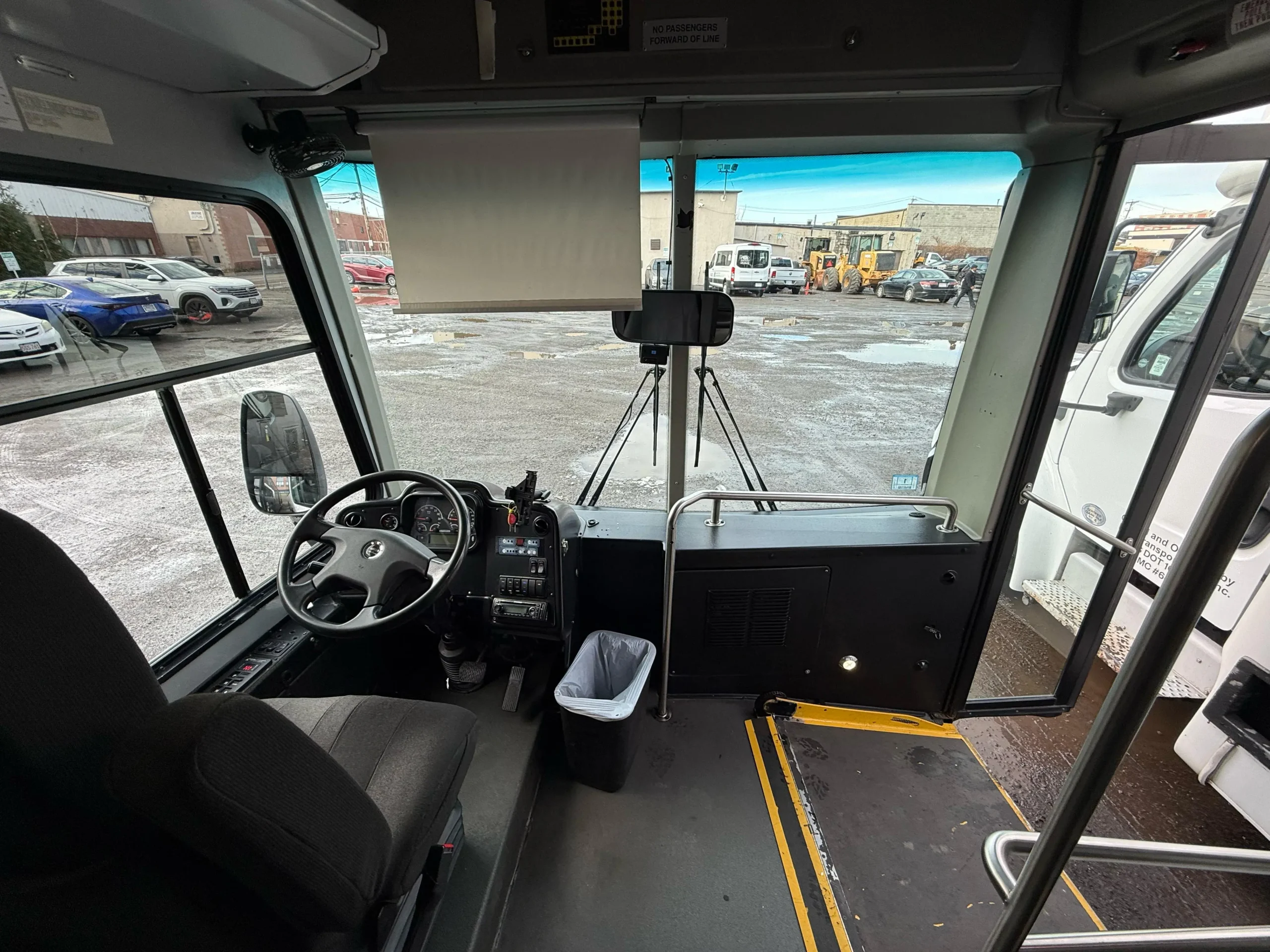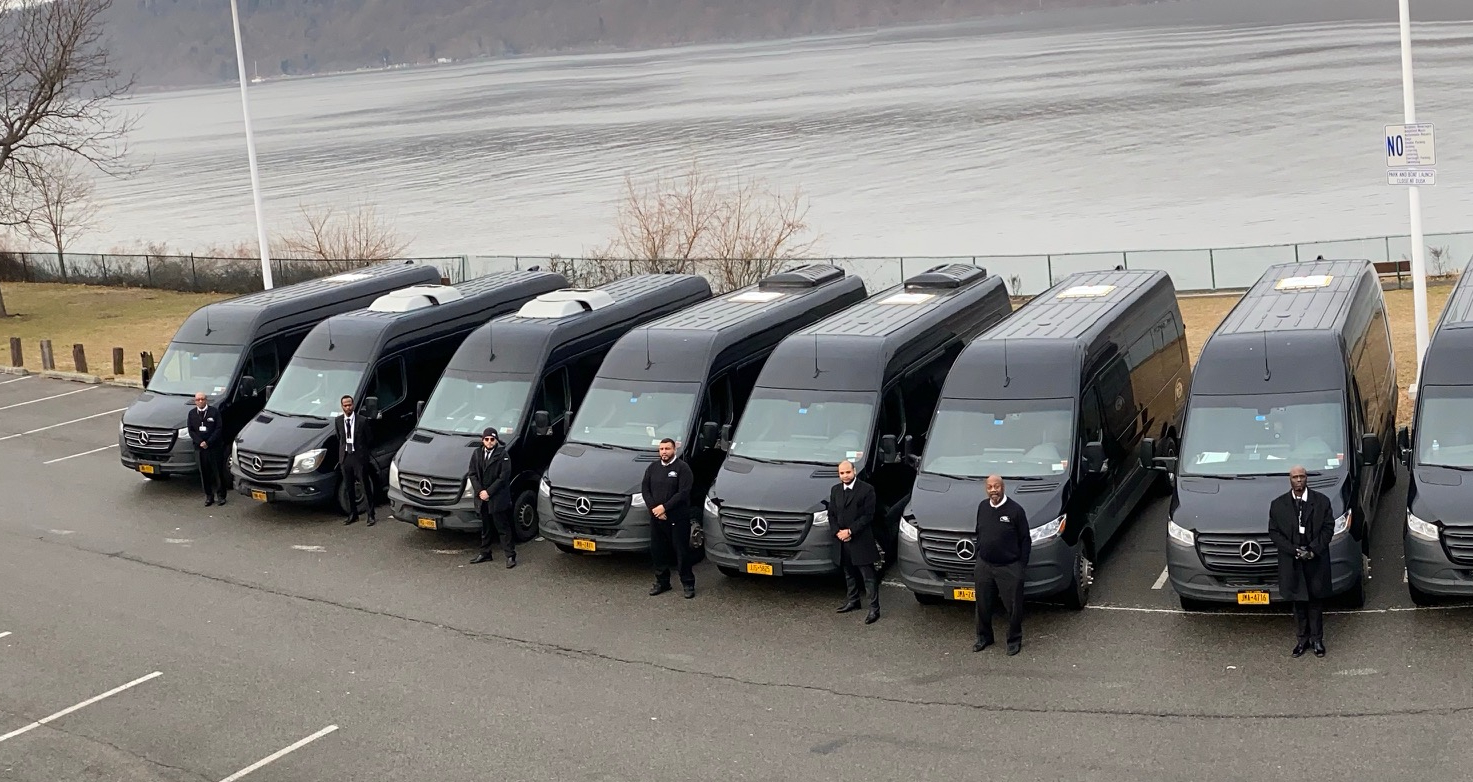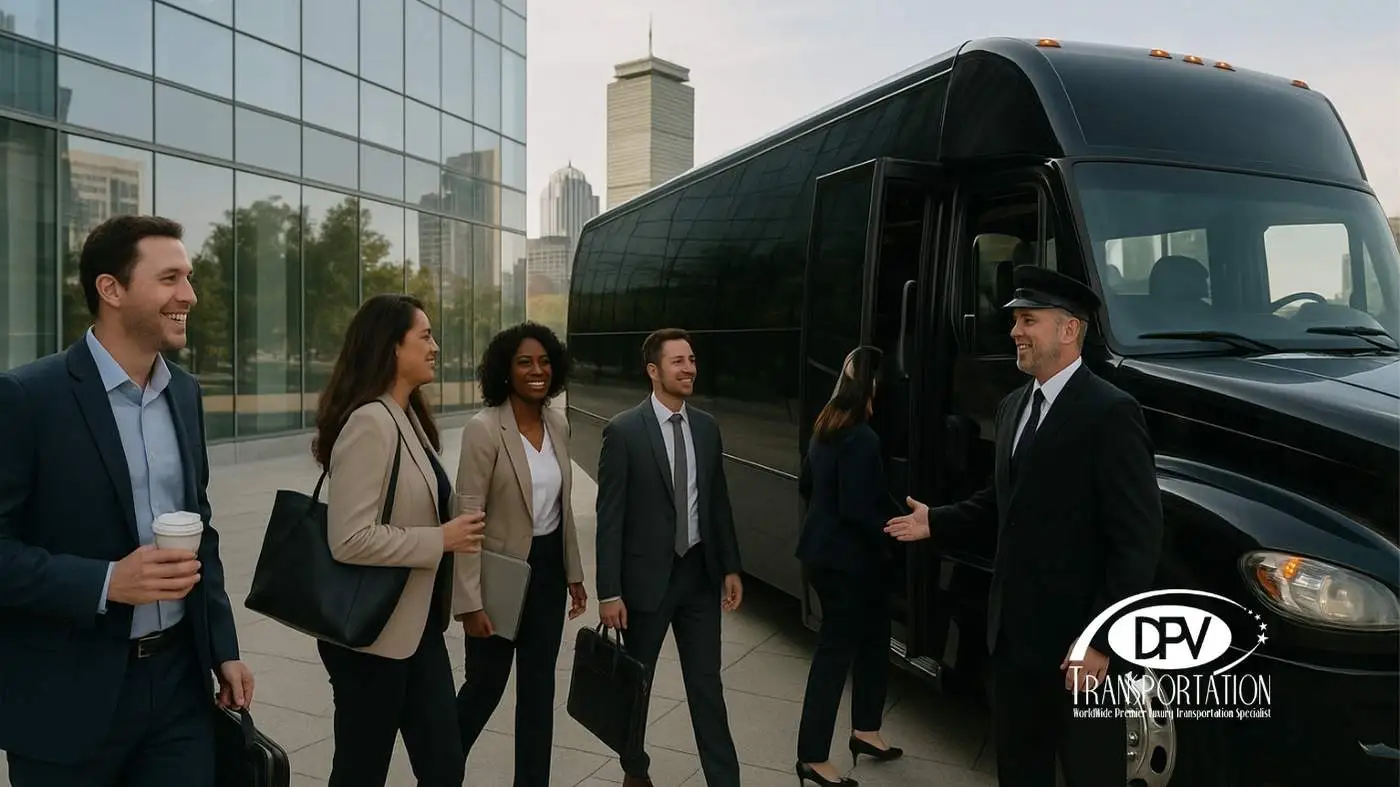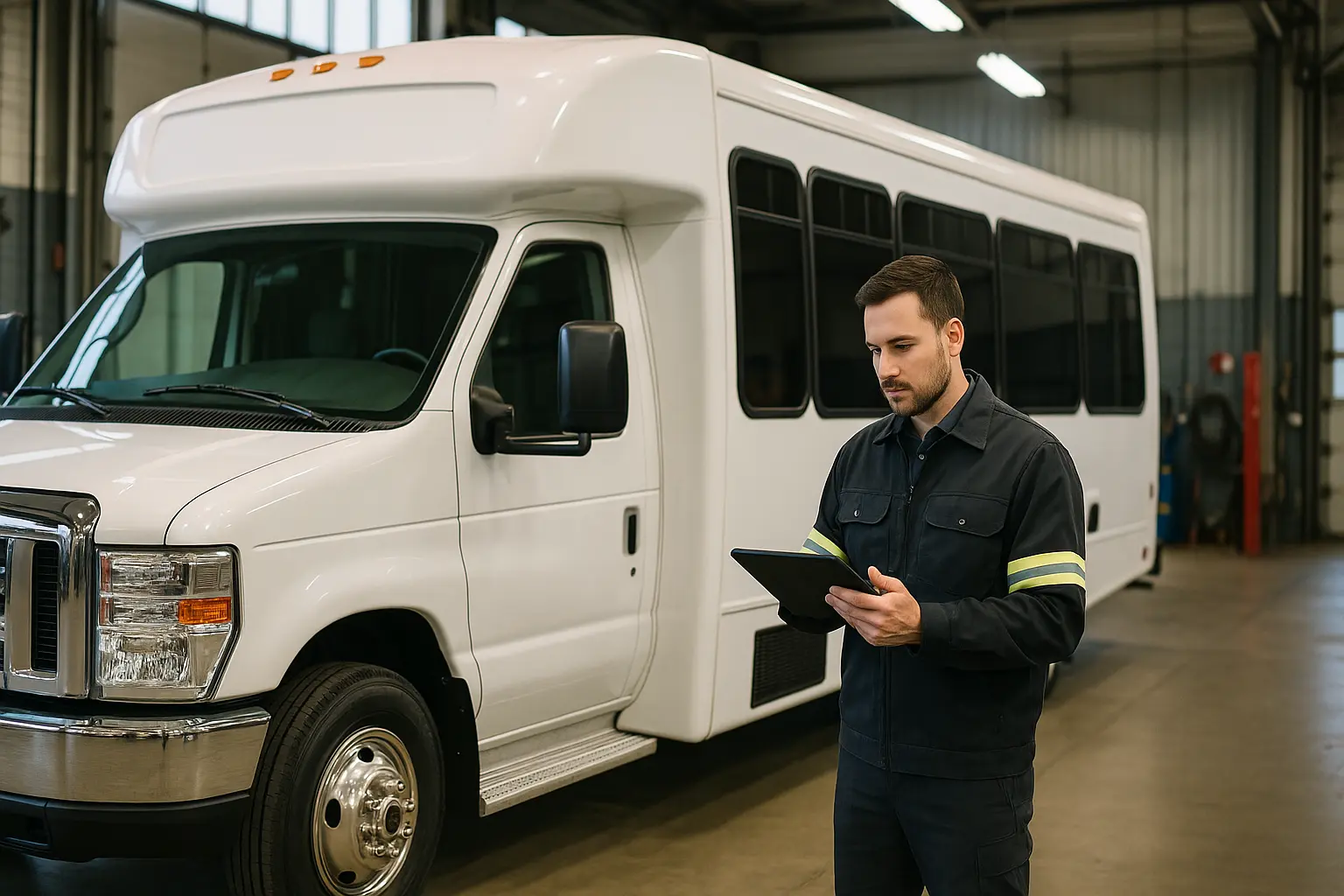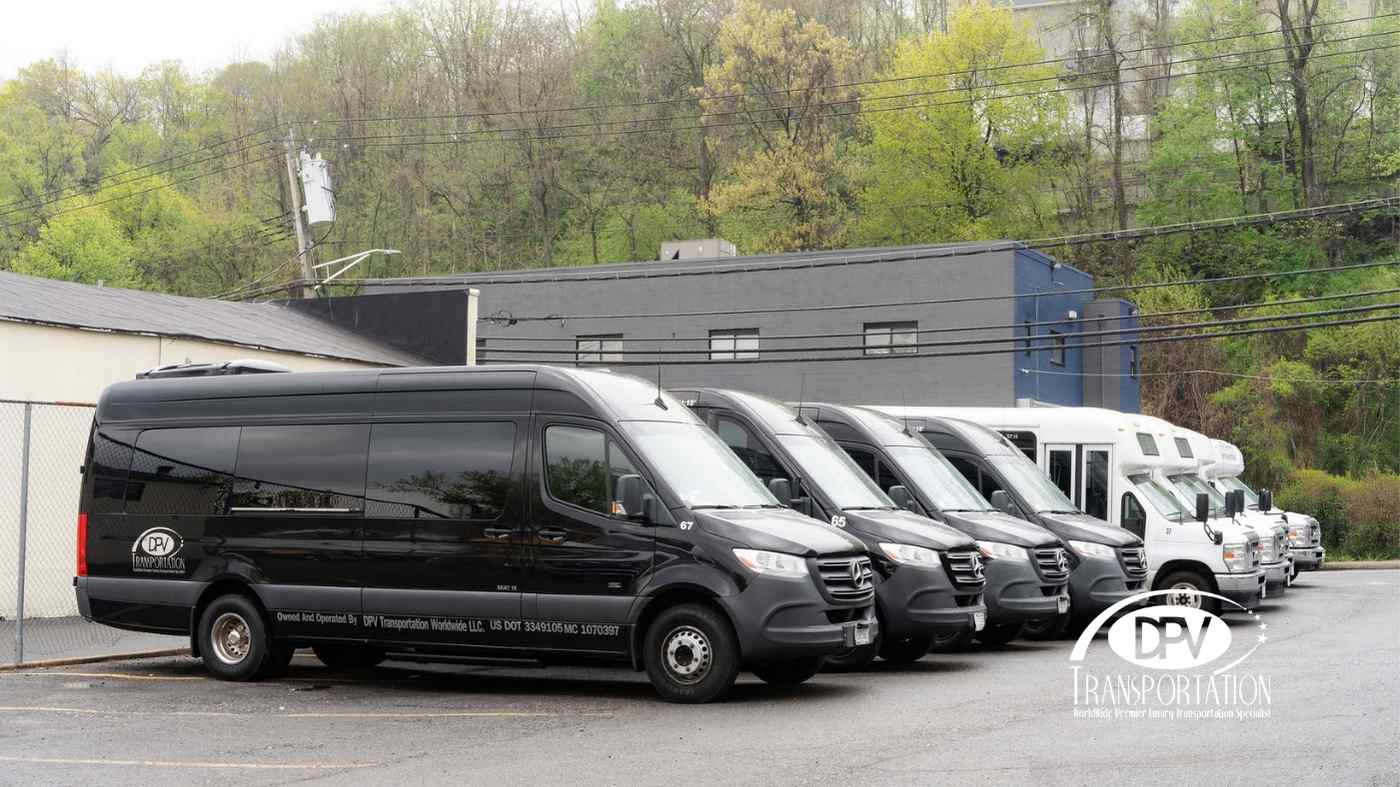From Easy to Expert: The YOLO Algorithm in Autonomous Vehicles

Note: This is an intermediate-level article. While we’ve done our best to explain things simply, some concepts may still feel advanced. If you’re new to the topic of autonomous vehicles, we recommend starting with this beginner-friendly guide: How Self-Driving Cars Work – A Step-by-Step Guide for Everyone.
In the fast-evolving world of autonomous vehicles, from self-driving cars to delivery drones, real-time perception is non-negotiable. These machines must instantly detect, classify, and react to objects in their environment—whether it’s a pedestrian crossing the street or a traffic sign at the corner. This is where the YOLO algorithm comes into play.
Short for You Only Look Once, the YOLO algorithm is a deep learning-based object detection system that enables autonomous machines to “see” the world in real time. Unlike traditional methods that scan images in multiple stages, YOLO processes the entire image in a single pass—making it fast, efficient, and ideal for safety-critical tasks like obstacle avoidance, traffic interpretation, and motion planning.
In this article, we’ll break down how the YOLO algorithm works, why it’s essential for autonomous systems, and how engineers use it to build intelligent transportation—from electric buses and self-driving cars to trucks and flying drones. We’ll start with the basics, then gradually unpack the more technical aspects to give both beginners and developers a complete picture.
What is YOLO?
YOLO stands for You Only Look Once. It’s a computer vision algorithm that allows machines to detect objects—like people, stop signs, or other cars—in an image instantly and in one shot.
Unlike older methods that scanned images piece-by-piece, YOLO takes the whole image in one go and says:
“Here’s what I see, where it is, and what it probably is.”
How YOLO Helps Autonomous Vehicles
Imagine you’re driving a car. You need to:
- See what’s ahead
- Understand if something is a person, bike, or road sign
- React immediately
That’s exactly what YOLO helps autonomous vehicles do. It enables them to:
- Detect people crossing the road
- Spot lane markings and traffic lights
- Recognize other vehicles and obstacles
- Track moving objects in real time
All of this happens in fractions of a second, thanks to YOLO’s lightning-fast detection.
How It Works (The Simple Version)
YOLO breaks the process into three steps:
- Divide the image: The image is divided into a grid (like a chessboard).
- Assign each grid cell: Each grid cell predicts what object is in that square.
- Draw boxes + label objects: If a car is in cell (3,4), YOLO draws a box around it and labels it: “car – 98% confidence.”
Visual Example (imagine this):
You show YOLO a street image.
- It detects a “person” at coordinates (x, y)
- A “car” in the middle lane
- A “traffic light” ahead
And it returns bounding boxes with labels and confidence scores—all in real time.
Why It’s So Good for Autonomous Systems
✅ Real-Time Decisions
Autonomous vehicles can’t wait around. YOLO makes decisions in milliseconds, allowing a vehicle to act immediately—brake, swerve, stop, or continue.
✅ All-in-One Detection
Older systems used multiple models (first find objects, then classify). YOLO does both at once, cutting processing time dramatically.
✅ Low Computational Load
YOLO is lightweight. Even devices with modest GPUs (like those in buses or delivery drones) can run it.

Under the Hood: How It Actually Works
Let’s peek under the hood for those building the software.
1. Architecture
At the heart of the YOLO algorithm lies a Convolutional Neural Network (CNN) architecture that’s purpose-built for speed and end-to-end object detection. Unlike traditional pipelines that break object detection into multiple steps (like region proposal, classification, and bounding box regression), YOLO simplifies the process into a single forward pass through the network.
Input Layer
YOLO takes a fixed-size image input—typically 416×416 pixels. The input image is normalized and resized to fit the network.
Backbone (Feature Extraction)
The image is passed through a deep stack of convolutional layers. These layers:
- Detect low-level features (edges, corners, gradients) in the early layers.
- Extract high-level patterns (like wheels, human torsos, stop signs) in the deeper layers.
- Earlier YOLO versions used custom architectures like Darknet-19 or Darknet-53 as their backbone. Newer versions use CSPDarknet, EfficientNet, or MobileNet for better performance on edge devices.
Neck (Feature Aggregation)
After extracting features, the model combines and enhances them through feature pyramid networks (FPN) or path aggregation networks (PAN).
This helps YOLO detect objects at multiple scales—small distant pedestrians or large buses up close.
2. Bounding Box Prediction
Head (Prediction Layer)
- Finally, the detection head outputs a grid of predictions.
- If the grid size is 13×13, and each cell predicts 3 bounding boxes, the output might look like:
13x13x3x(5 + number_of_classes)
where:5includes: (x, y, width, height, objectness score)number_of_classes= number of object categories (e.g., car, person, stop sign)
Each prediction box includes:
- Coordinates for the bounding box center
(x, y)and its dimensions(width, height) - Objectness score: how likely this box contains an object
- Class probabilities: confidence scores for each class (e.g., is it a car? a person?)
Post-Processing
- Non-Max Suppression (NMS) is applied to filter overlapping boxes and retain the ones with the highest confidence.
- The result is a clean list of labeled objects, each with bounding box coordinates and classification tags.
Each grid cell predicts:
- x, y: Center of the object
- h, w: Height and width
- Confidence: How sure YOLO is there’s an object
- Class probabilities: Car? Person? Dog?
3. Training: Balancing Speed and Accuracy
For YOLO to work reliably in real-world environments—like busy streets, school zones, or warehouses—it must be trained to detect objects accurately and quickly. That’s where its custom loss function comes in.
During training, YOLO doesn’t just learn what a “car” or a “person” looks like—it learns how to localize, classify, and judge object presence in a way that minimizes costly mistakes.
Here’s how it works:
3.1. Localization Loss (Where is the object?)
YOLO predicts the bounding box for each detected object—its center (x, y) and its width/height (w, h).
The model is penalized when:
- The box is in the wrong location
- The box is the wrong size
- The box doesn’t tightly wrap around the object
To handle this, YOLO uses Mean Squared Error (MSE) between the predicted and actual box coordinates (after converting to relative values like percentage of image width/height).
🧠 Example: If it predicts a person is at (100, 50) but the real location is (120, 55), it gets penalized—especially if the box misses the object entirely.
3.2. Confidence Loss (Is there really something here?)
Every bounding box also includes a confidence score—a number between 0 and 1 that tells how certain YOLO is that an object of any kind is present.
- If there’s really an object and YOLO isn’t confident → penalty.
- If there’s nothing and YOLO thinks there is → bigger penalty (false positives are dangerous in AVs).
This loss helps YOLO distinguish between “real objects” and “empty space,” which is critical for reducing false alarms in busy environments.
3.3. Classification Loss (What is the object?)
Once YOLO has decided “there’s something here,” it must say what it is: a truck, a stop sign, a person, a fire hydrant, etc.
This is done using a Softmax classifier (or sigmoid in later YOLO versions) to calculate class probabilities for each detected object.
The model is penalized when:
- It mislabels an object (e.g., classifies a cyclist as a pedestrian)
- It isn’t confident about the classification
The more confident and accurate it is, the lower the classification loss.
3.4. Combined Loss Function
YOLO’s total loss is a weighted sum of all three:
- Localization loss (for bounding box errors)
- Confidence loss (for object presence)
- Classification loss (for labeling errors)
The formula (simplified) looks like this:
Total Loss = λ_coord * (Localization Loss)
+ (Confidence Loss for object)
+ λ_noobj * (Confidence Loss for no object)
+ (Classification Loss)
λ_coord and λ_noobj are hyperparameters that adjust how much the model should care about precision vs. false positives.
This combination allows the YOLO algorithm to learn quickly, stay fast, and remain reasonably accurate, which is why it’s so widely used in real-time systems like:
- Self-driving vehicles
- Autonomous drones
- Robotic vision
- Security cameras
🚛 Use Cases in Autonomous Systems
| Vehicle Type | YOLO Applications |
|---|---|
| Cars & Trucks | Pedestrian detection, road signs, lane keeping |
| Buses | Cyclist avoidance, stop zone monitoring |
| Drones | Package drop validation, obstacle avoidance, crowd detection |
| Delivery Robots | Recognizing street-level objects, sidewalks, stairs |
Integration in Autonomous Driving Software
- YOLO can be integrated into ROS (Robot Operating System) pipelines
- Works well with LiDAR or RADAR fusion (via sensor fusion techniques)
- Can run on embedded platforms like NVIDIA Jetson, making it suitable for edge AI
To take YOLO from lab to the street, it needs to be embedded into a larger software stack that controls the perception, planning, and actuation of autonomous systems. Fortunately, YOLO is modular, hardware-friendly, and plays well with industry-standard frameworks—making it one of the most integration-ready algorithms for real-world autonomous vehicles.
Integration with ROS (Robot Operating System)
YOLO integrates seamlessly into ROS pipelines, which are widely used in robotics and autonomous vehicles for managing modular, real-time processes.
- Developers can use pre-built ROS packages like
ros-yolo,darknet_ros, oryolov5_ros. - These packages subscribe to camera/image topics (e.g.
/camera/image_raw) and publish detection results as bounding boxes, class labels, and confidence scores. - The output can then feed into:
- Tracking nodes (e.g. Kalman filter)
- Behavior planners (e.g. stop or yield logic)
- Visualization tools (e.g. RViz)
This setup allows object detection to function as a plug-and-play module within a larger autonomous driving stack.
✅ Use Case: A self-driving shuttle running ROS 2 can process live camera feeds through YOLO in real-time, identifying pedestrians and stop signs, then sending signals to the planning module.
Fusion with LiDAR and RADAR (Sensor Fusion)
While YOLO algorithm excels at visual object detection, autonomous vehicles also rely on other sensors like LiDAR and RADAR for depth perception and performance in low-visibility environments.
Using sensor fusion, developers combine the strengths of each sensor type:
- YOLO (RGB Camera): High spatial resolution, object classification
- LiDAR: Precise 3D spatial data, works in darkness
- RADAR: Strong performance in fog, rain, or dust
📦 Fusion Strategies:
- Early Fusion: Combine raw sensor inputs before processing.
- Mid-Level Fusion: Merge feature maps from YOLO and LiDAR/RADAR networks.
- Late Fusion: Combine YOLO’s detection boxes with LiDAR’s depth estimation or object velocity from RADAR.
✅ Use Case: In a delivery drone, YOLO detects obstacles visually while LiDAR validates their distance, ensuring accurate landing.
Deployment on Edge Devices (NVIDIA Jetson, Coral, etc.)
YOLO is designed for speed and efficiency, making it suitable for embedded systems—crucial in autonomous systems that operate without cloud dependency.
- Platforms like NVIDIA Jetson Nano, Jetson Xavier, and Jetson Orin can run YOLOv4 or YOLOv5 at real-time speeds using TensorRT optimization.
- Google Coral Edge TPU and Intel OpenVINO also support lighter YOLO models (e.g. Tiny YOLO, YOLOv5s).
Tools like ONNX or TensorRT let you convert and optimize YOLO models for edge inference.
✅ Use Case: A shuttle bus running YOLOv5 on a Jetson Xavier can detect jaywalking pedestrians in under 30ms—without relying on cloud inference—helping the vehicle make split-second braking decisions.
Summary
YOLO’s design makes it a practical and scalable solution for integrating computer vision into autonomous systems. Whether it’s a city bus, last-mile delivery bot, drone, or robotaxi—YOLO can be:
- Embedded directly into edge hardware
- Fused with other sensor data
- Managed within ROS pipelines
- Deployed for real-time perception under strict latency constraints
With the right optimizations, YOLO becomes more than just an algorithm—it becomes the eyes of your autonomous system.
Challenges and Considerations
- The YOLO algorithm struggles in fog, night, or rain unless trained with those scenarios
- Small objects (like distant pedestrians) can be missed
- Need annotated data and retraining for niche environments (like construction zones or rural roads)
🧬 Final Thoughts
YOLO is one of the most popular tools in the AV developer’s toolkit. It helps cars, buses, trucks, and drones understand their world—quickly, efficiently, and accurately enough to make split-second decisions. While it’s not perfect, with the right training data and hardware setup, YOLO makes object detection in autonomous vehicles practical and scalable.

